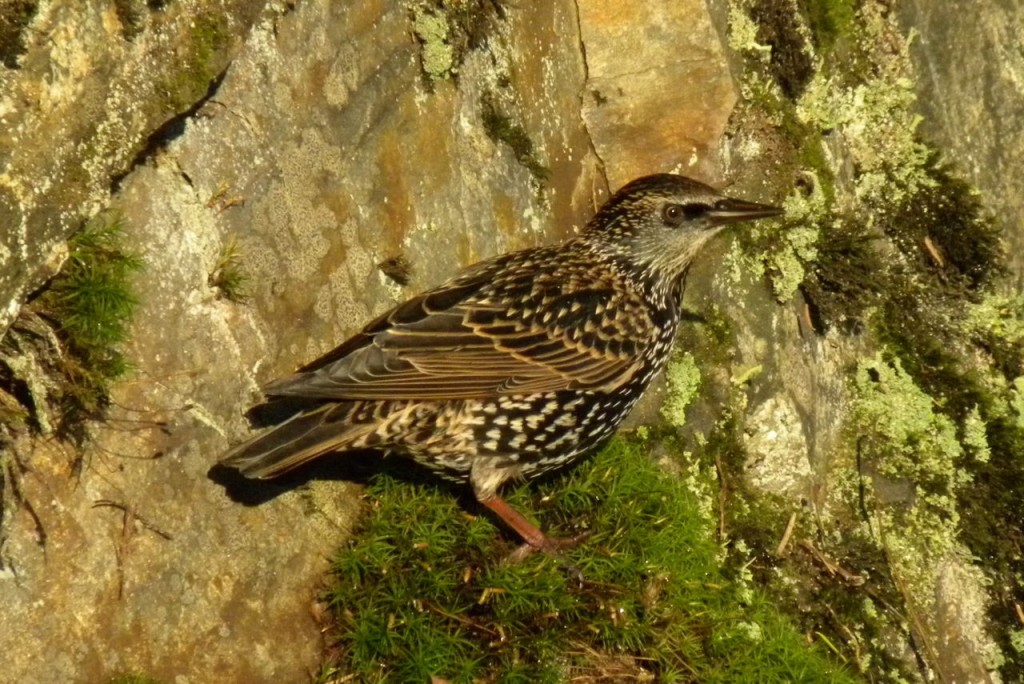March 8 2013. Stoney Creek, ON. Taking advantage of what was probably our first day of real spring promise, I drove to rural area of heavy soils and poor drainage, and hence wet fields, in hopes of finding a few early spring migrants. I was pushing it I know, but managed to find a handful of Tundra Swans along with several dozen Mallards in one sodden, snow marbled field. Whether these were really hardcore migrants or opportunistic wanderers is impossible to tell, but a solitary, if disconsolate looking, Killdeer was an encouraging sight and just slightly more likely to be migrant.
Moving on to an area known as a hot spot for Short-eared Owls, Northern Harriers and other oddities, I fancied that I caught the song of an Eastern Meadowlark. It was plausible but something of a stretch, so I moved in the general direction from whence it came in hopes of catching a glimpse. No sign of one but there was a large flock of Starlings picking through the exposed but snow flattened grass of a rough pasture. And then I caught a thin two-toned whistle again, the one I’d taken for a meadowlark and realized that it was the Starlings I was hearing. Fair enough; the meadowlarks will come when they’re good and ready. But it brought to mind one I’d heard six weeks ago in southern Mexico, it was in an area of hot dry fields, cactus and mesquite scrub; a far far cry from these soggy tracts.
Despite hearing some Horned Larks and brief sightings of a Northern Harrier, American Kestrel and Northern Mockingbird, the European Starlings kind of made the day, I suppose for cautioning me against getting ahead of myself.
And….I think it’s worth saying that despite the European Starling’s dreary reputation, in fall after the adults have gone through their annual molt and are wearing new plumage, they can be quite impressive. This picture was taken 18 months ago in Prince Rupert, British Columbia, and you just might see why, at the time, it had me baffled for a few moments, but it’s a Starling.
